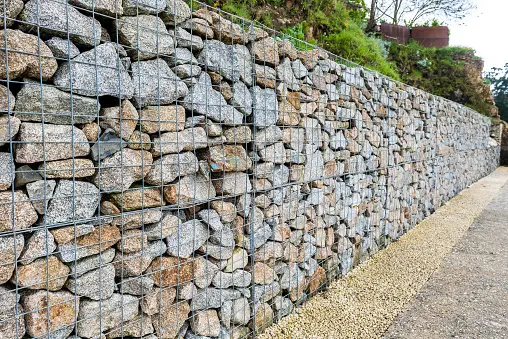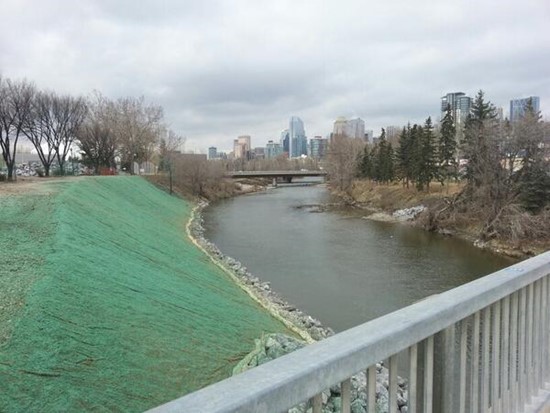Erosion control is a catch-all phrase encompassing a variety of projects and methods for reducing shoreline erosion along rivers and coastlines. Typically, there are three different categories of erosion control projects, including channel bank armouring, vegetative erosion control, and hard engineered structures. Channel bank armouring includes riprap projects, where rocks are placed along river banks to prevent soil erosion, and gabion structures, where rocks are held back using meshed wiring at various levels to mitigate flooding. Vegetative options include cement-sand bagging and planting more water-retaining vegetation along river and stream beds. Hard engineered structures refer mainly to retaining walls built from concrete that prevent soil and vegetation erosion, but may result in increased rates of channel flow.
Erosion control projects are often described as river bank or coast protection methods. For the purposes of this article, we will use the generic term, “erosion control”.

Erosion control measures may reduce the damage of future high-water events, such as floods, especially in urban areas where developments are located near rivers, streams, or coastlines. As mentioned above, there are various options for erosion control measures. Each option uses a different technique to prevent erosion and has a distinct set of advantages and disadvantages.

The costs of erosion control projects depend on the type of protection chosen, the size of the project, the location, and the ongoing monitoring and maintenance of the protection. The latter two costs are important aspects of the lifetime costs of erosion control measures, which may not be considered when such projects are initially proposed and constructed. A project that has seemingly lower short-term costs may become significantly more expensive if the full lifetime costs are considered.
While erosion control measures are implemented to prevent damage to development, these projects can impact the environment and local watershed. Specifically, when soil and vegetation is removed for engineered structures, this increases potential storm water runoff, leading to water quality issues and sedimentation. For this reason, it is important for every erosion control project to maintain vegetation so that rain, river, and flood water can be absorbed and released into the river or stream properly and without large amounts of sediment.
We provide Canadian educational resources on water practices to promote conservation and sustainability. Our team crafts current and relevant content, while encouraging feedback and engagement.
The Canada WaterPortal is a registered charity, #807121876RR0001
We recognize and respect the sovereignty of the Indigenous Peoples and communities on whose land our work takes place.
© 2025 All Rights Reserved.